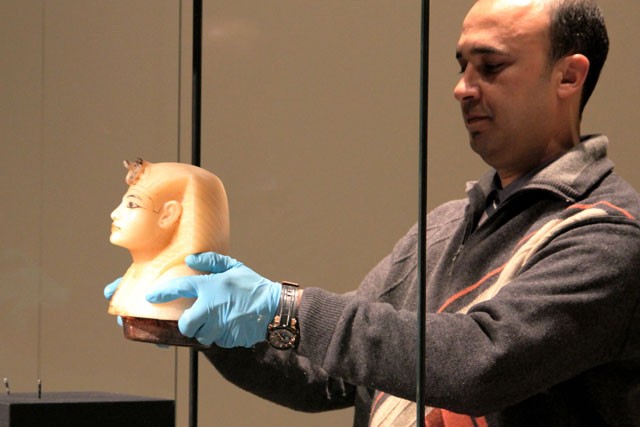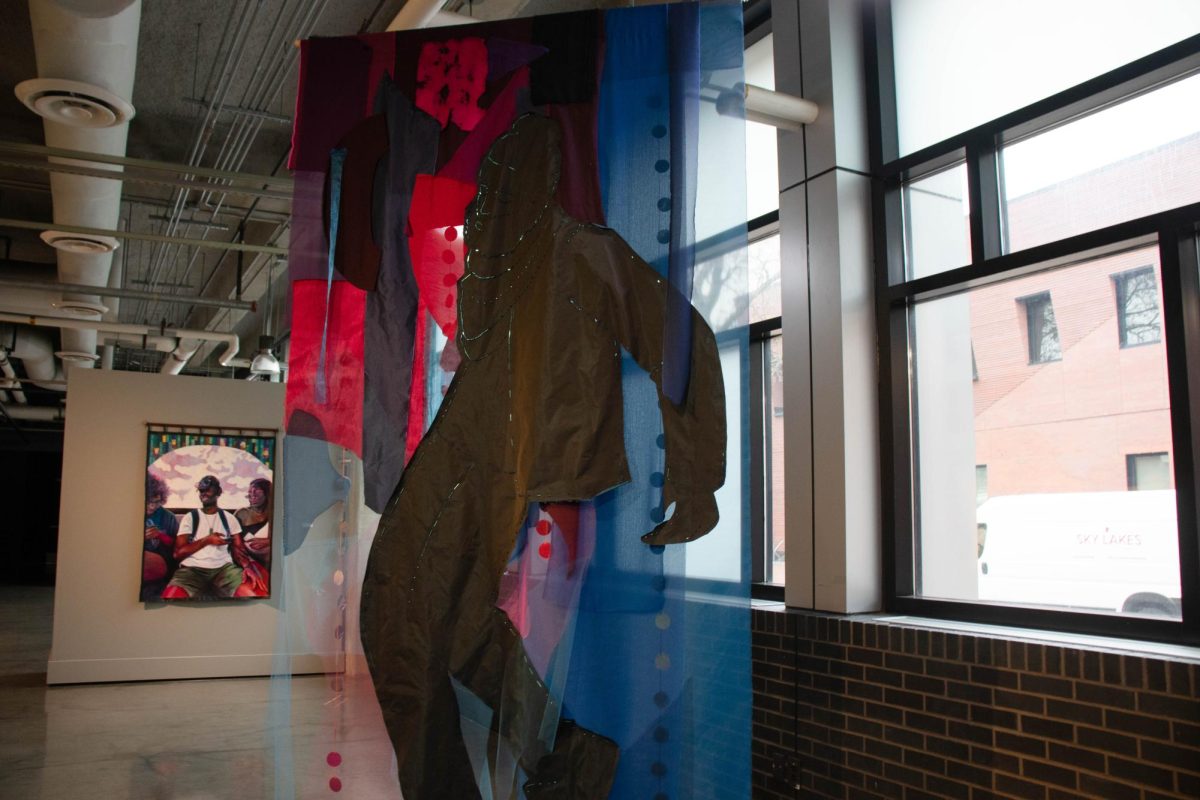A 19-year-old king, spawned after a secret incestuous romance between Akhenaten and his sister, was buried for more than 2,000 years before English archaeologist and Egyptologist Howard Carter uncovered him. His premature death and carefully obscured reign has since been a source of fascination throughout the world.
King Tutankhamun, as mundane as his existence was, has become an immortal icon that pervades the consciousness of everyone that hears his story.
Dr. David Silverman is curator of the nationally touring Tut exhibit soon to open at the Science Museum of Minnesota. Silverman, who grew up with this same intense curiosity toward the young pharaoh, curated the original King Tut exhibit in the 1970s. He is now at the helm again, this time with the renowned Dr. Zahi Hawass at his side.
âÄúThis exhibit is very special to me,âÄù Silverman said. âÄúThe original exhibit was organized by the [Metropolitan Museum of Art], so a lot of the pieces were picked before I was asked to come on board. This time I had the opportunity, along with Dr. Hawass, to choose many of the artifacts.âÄù
Some of the relics on display will be included for the sole purpose of letting visitors see the more human side of Tut.
âÄúEverybody thinks of the pharaohs as these god-like beings,âÄù Silverman said. âÄúWell, to bring them down to our level, we have a toilet seat in the exhibit. Even Tut had to relieve himself once in a while.âÄù
The archaeological discovery and the process leading up to it are also covered extensively in the exhibit. With maps, archaeological tools and photos of the original dig blanketing the walls in some of the first galleries, attendees are enveloped in the excitement of the hunt for Tut.
âÄúWhy was Howard Carter successful when nobody else was? ThatâÄôs a really important part of TutâÄôs story and partially why his story continues to fascinate us,âÄù Silverman said.
Part of the exhibit is a gallery that shows how the pharaohs ruled Egypt for almost 2,500 years. With artifacts from the palaces of Egypt, figurines of the members of TutâÄôs court and gifts placed in the pharaohsâÄô tombs from fellow royalty, visitors to the exhibit have a multifaceted understanding of daily life at the royal palace by the time they leave the last gallery.
Attendees need not fear âÄúThe PharaohâÄôs Curse,âÄù by checking out these artifacts, however. The only curse said to have been laid on TutâÄôs tomb was a warning toward looters to keep their grubby hands off his body and his gold.
âÄúThe curse is really that people believe in something that doesnâÄôt exist,âÄù Silverman said, âÄúand they donâÄôt learn that what theyâÄôre talking about actually does exist, but not in the way they think.âÄù
So thereâÄôs no need to ring Brendan Fraser to protect visitors from locusts, asteroids, or whiskey sours turned into blood. Darn.








